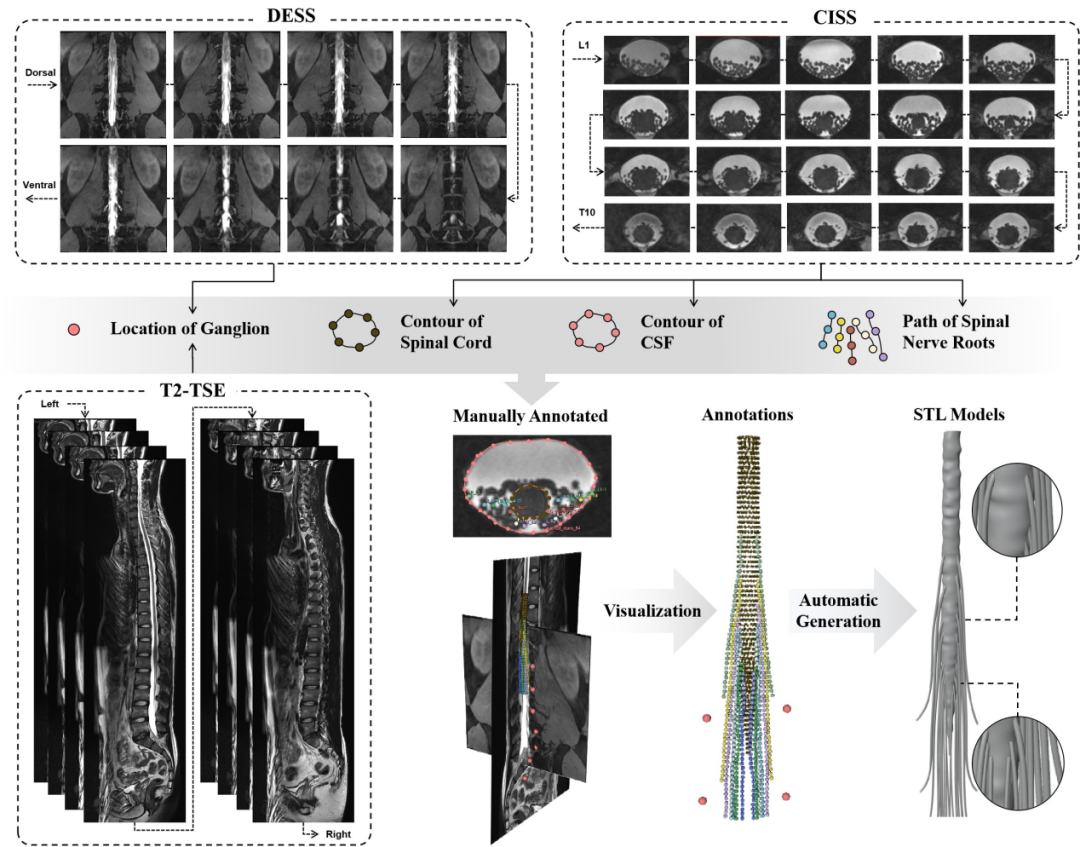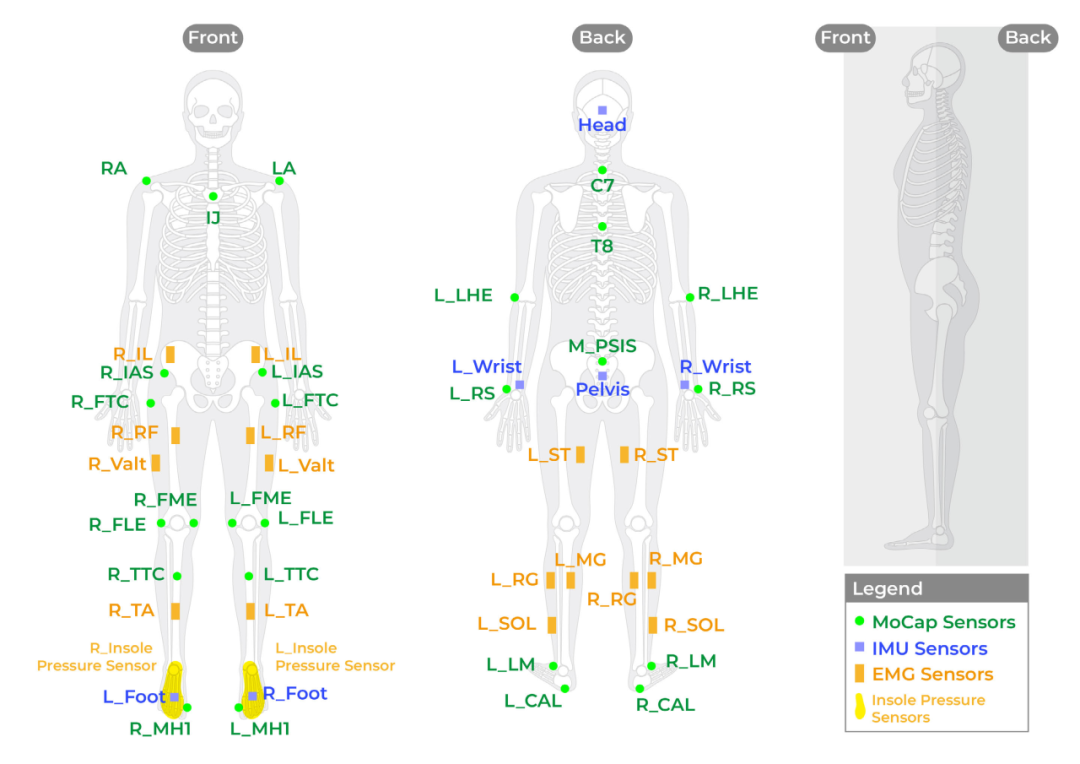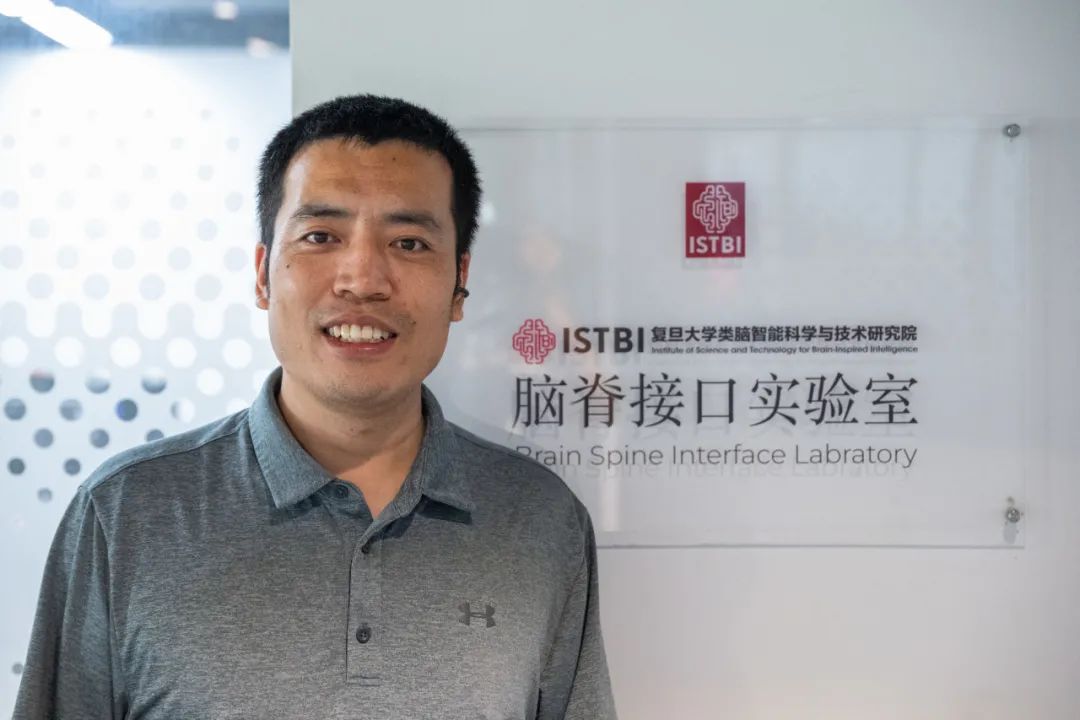"Informed AI News" is an publications aggregation platform, ensuring you only gain the most valuable information, to eliminate information asymmetry and break through the limits of information cocoons. Find out more >>
Fudan team develops next-generation brain-spinal interface device, offering hope for paralyzed patients to regain walking ability.
- summary
- score



The team led by Professor Jia Fumin at Fudan University has developed a new generation of implantable brain-spine interface devices, offering hope for spinal cord injury patients to regain the ability to walk. The device establishes a "neural bypass" by implanting electrode chips in both the brain and spinal cord, enabling paralyzed patients to autonomously control their muscles and restore lower limb function.
The key to this technology lies in precisely stimulating the spinal nerve roots to reconstruct the walking gait. The team utilized a 3T MRI scanner to construct personalized spinal nerve root models and open-sourced the relevant data to support neurorehabilitation research. Additionally, the team employed multimodal technology to monitor gait in real-time, ensuring the optimization of stimulation parameters.
The Jia Fumin team also proposed a "three-in-one" system design, integrating brain signal acquisition with spinal stimulation devices, reducing incisions, enhancing signal acquisition stability and decoding speed, and making patients' walking more natural and fluid.
Professor Jia Fumin, who has been involved in the development of China's first generation of implantable neurostimulation equipment, understands the challenges of transforming research into clinical applications. He anticipates that it will take a decade for brain-spine interface technology to transition from research to clinical use and is prepared for the long haul.
The technology is expected to begin its first clinical trial by the end of the year. If successful, it will bring revolutionary changes to spinal cord injury patients.
| Scores | Value | Explanation |
|---|---|---|
| Objectivity | 6 | 内容非常客观,全面报道并深入分析。 |
| Social Impact | 6 | 引发广泛深入的社会讨论,对公众意见有重大影响。 |
| Credibility | 6 | 内容不仅可信,还经过独立验证并得到多方确认。 |
| Potential | 7 | 具有巨大潜力,几乎必然导致社会或政策结构的重大变化。 |
| Practicality | 6 | 内容不仅实用,还被广泛采用并成为行业标准。 |
| Entertainment Value | 2 | 内容略显单调,但包含一些娱乐元素。 |